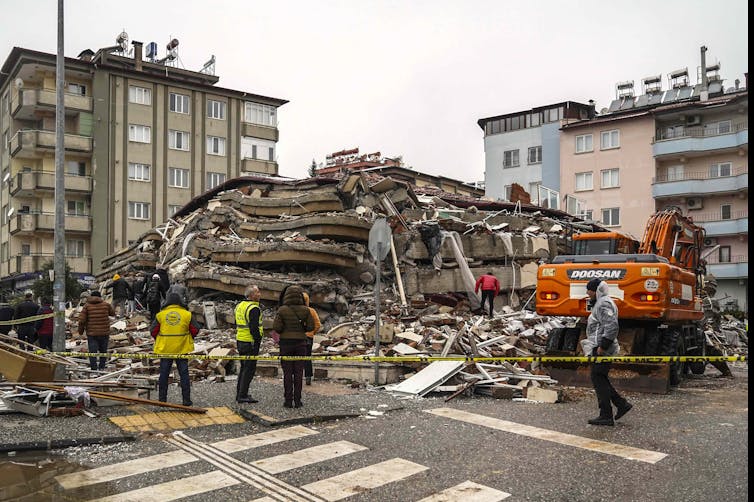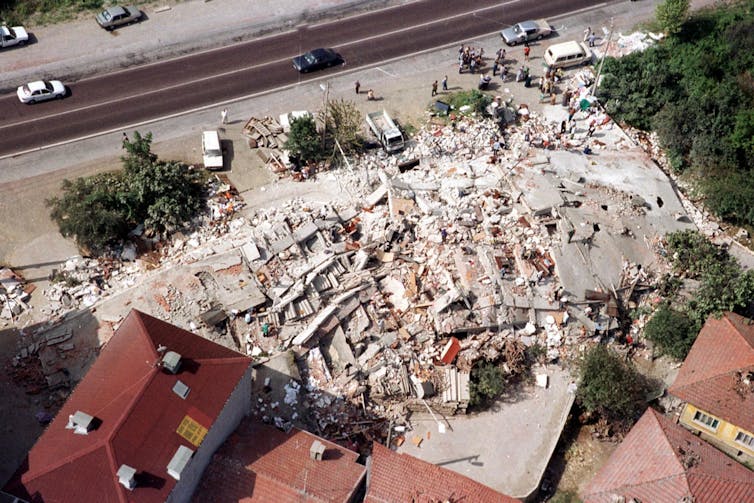 credit – Marcin Kopij
credit – Marcin KopijIn this year’s edition of the European Tree of the Year contest, the leafy crown was bestowed upon a common beech in the botanical gardens of the University of Wroclaw.
Thought to be 200 years old, The Heart of the Garden is the third Polish tree in a row to win, following up on the Oak Fabrykant with its outrageous 60-foot-long digit in 2023, and the 400-year-old Oak Dunin outside the Białowieża Primeval Forest, in 2022.
“Its majestic appearance impresses us with its unusually shaped and thick trunk, widely spread branches, and purple-colored leaves that shine beautifully in the sun,” the contest organizers wrote.
Known in the UK as a “copper beech” all beech trees seem to have the genetic potential to be purple, though exactly what causes it to happen is unknown. The naturally occurring mutation appears spontaneously, without human interference, and is most commonly seen in either saplings or old trees.
The Heart of the Garden is certainly old, and what a wonderful confluence of character that it should have been grown as the centerpiece in the arboretum, and be 200 years old, and have a copper beech mutation.
The Fagus genus took silver as well, with The Weeping Beech of Bayeux, in France. Popular for its immense weeping canopy and massive twisted branches probably related to whatever genetic mutation is responsible for Verzy’s faux trees, it’s a perfect romantic spot for celebrations and weddings.
Spreading over 120 feet, or 40 meters in width today, the city had to keep on perfecting an incredible supporting structure for the last 100 years.
Held every year, the European Tree of the Year contest is a delightful opportunity for tree photographers to showcase their skills, for nature lovers to connect with the continent’s wild heritage, and for residents to celebrate the old or interesting trees in their area.
Ongoing since 2011, it grew from a similar contest held in Czechia, and as a result, East-Central Europe boasts the largest number of finalists.(CORRECTION: An earlier version described the 200 year old tree as 2,000 years old.) Witness the Glory of the 2024 European Tree of the Year – Growing in Poland for 200 Years





